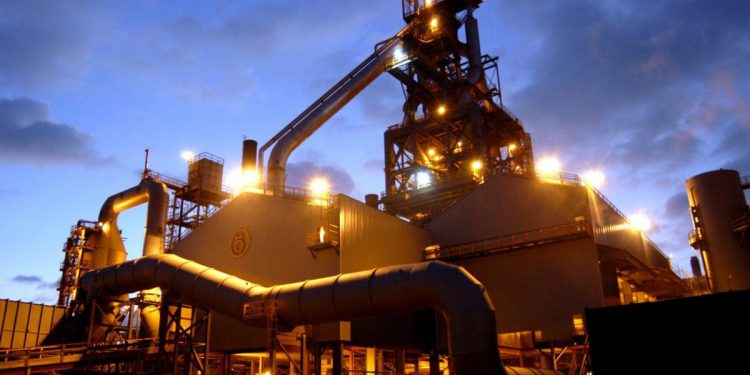UK Competitiveness Index paints bleak economic picture for areas outside London


Academics say long-term decline forecast for big regions of the UK
Significant areas of Britain are experiencing a decline in economic growth within the next two decades, research says.
The 2021 edition of the UK Competitiveness Index is published by researchers at Cardiff University and Nottingham Business School. As well as assessing the competitiveness of localities in England, Wales and Scotland today, forecasts happen to be compiled data to calculate how they will fare within the years to come.
By focusing on local authority areas, case study provides the most detailed insights up to now from the UK's economic prospects. It finds the competitiveness divide between London along with other parts of the UK will end up even wider within the next 2 decades.
Merthyr Tydfil in South Wales is placed to see the largest economic decline, using the town's Gross Domestic Product (GDP) per capita- a measure of the economy's health – predicted to lower by 0.56% each year. It is followed by Mansfield within the Midlands (-0.48%) and Thanet (0.34%) in Kent.
Tower Hamlets working in london is predicted to be the quickest growing area, using its GDP per capita forecast to rise by 7.17% each year. This really is followed by Camden (6.97%) and Islington (6.52). Under an economic 'bust' scenario based on a new recession or negative trading conditions from the no-deal Brexit, researchers calculate that just these 3 London boroughs would achieve economic growth over the next five years, leaving all of those other UK to lag behind.
Professor Robert Huggins, based at Cardiff University's School of Geography and Planning, said: “This research is definitely the most extensive picture of the UK's future economic challenges. It's clear that no matter what over the coming weeks, the competitiveness gap between London and other parts of the UK is going to soar. These are problems that will only be exacerbated with a no-deal Brexit.
“For areas such as London, what are competitiveness leaders, they face a danger of becoming less affordable and accessible to the majority. However, you will see areas of the UK which will become increasingly disadvantaged due to a lack of opportunities for growth.”
The UK Competitiveness Index measures current economic competitiveness across local and regional regions of Britain with different basket of monetary indicators*. Its current findings reveal that the nine most competitive places in the UK are in London, with the Town of London within the leading position, accompanied by Westminster, Camden, and Tower Hamlets.
Blaenau Gwent and Anglesey in Wales respectively would be the least competitive localities, with Mansfield being the least competitive devote England. Areas in Scotland have generally performed strongly within the rankings, with Aberdeen City at the very top and Dumfries and Galloway minimal competitive.
As along with London, a lot of the UK's competitiveness is targeted in cities such as Bristol, Manchester, and Cardiff. After the London boroughs, St Albans, that has benefitted from a rise in its industrial specialisation, may be the next most competitive city.
The places that have seen probably the most improvements in competitiveness since 2021 are Bromsgrove in the western world Midlands, Luton in the East of England and Charnwood in the East Midlands. Bolsover and Eastbourne have seen some of the biggest drops in competitiveness, as a result of insufficient sustainable new business organisations and also the investment required to set up a culture of entrepreneurship.
Professor Huggins added: “To ensure all parts from the UK economy survive in these difficult conditions, urgent action needs to be taken by governments and policymakers. Our data collected in the last 2 decades helps guide you deficiencies in positive action can have lasting and serious consequences.”






